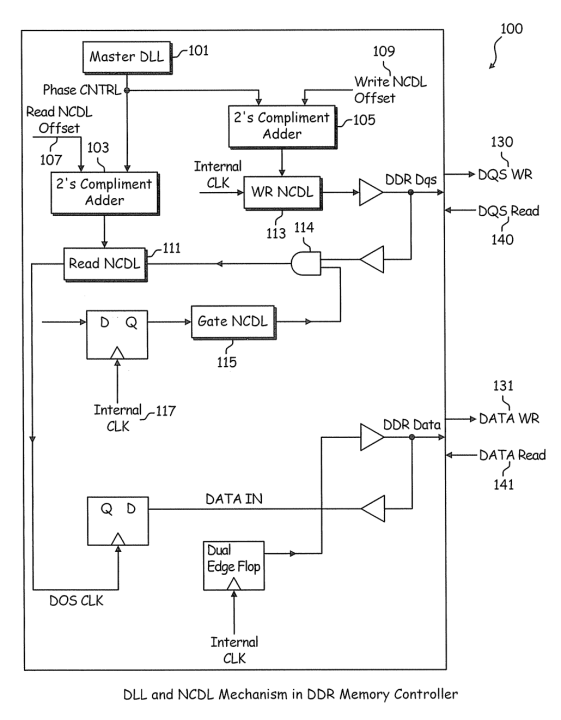Last February, the digital contraceptive startup Natural Cycles received EU certification as a legitimate form of contraception. In November, the company received a $30 million investment led by European venture capitalist fund EQT Ventures for further development. The app uses an algorithm that interprets basal body temperature as an indicator of ovulation. Using a thermometer that comes with the app, users take their temperature every morning before getting out of bed. Body temperature fluctuations are indicators of hormone activity, and when increased hormones signify ovulation, the app warns women not to have unprotected sex during a specific timeframe to prevent conception. Although it received early praise, Natural Cycles is now under investigation by the EU after a hospital in Stockholm notified the Swedish Medical Agency that 37 women reporting unwanted pregnancies since September had used Natural Cycles as their primary form of birth control. With over half a million users in 160 countries, this revelation is problematic, especially since the app is seeking FDA approval.
Biometrics and Algorithms to Predict Ovulation
Though Natural Cycles bills itself as “the first birth control app”, the technology behind the app is used more frequently by women trying to conceive. A number of apps on the market are targeted at women looking to get pregnant by way of pinpointing ovulation. The standard way of identifying peak fertility is through predictor kits- much like pregnancy tests- that measure the presence of estrogen and luteinizing hormone in urine. A spike in luteinizing hormone indicates ovulation, meaning that pregnancy is possible during a four-to-five day window. There are setbacks to traditional ovulation testing kits, though: they aren’t reusable, they involve handling urine, and many women with irregular periods find it impossible to predict their ovulation cycles. With the ubiquity of health apps tracking everything from weight to heart rate, it’s no wonder that ovulation prediction and contraception have made their way onto smartphones worldwide.
The patent landscape for ovulation prediction technology provides additional insight. At present, over 250 patents exist for predicting ovulation.

A 20-year snapshot of patent applications and grants shows that there has been constant innovation in the space.

A spike in applications and grants in 2015 corresponds to an increase in patents for app-based ovulation prediction technology. Besides tracking basal body temperature, other app-based methods of predicting ovulation include saliva analysis and heart rate monitoring. Knowhen, for example, includes a handheld mini-microscope used to detect “ferning” on a saliva sample, indicating an increase in hormone levels signaling ovulation. A compatible app helps women track their ovulation history and estimate when next they will be fertile. The Dutch electronics juggernaut Philips owns a series of patents for tracking ovulation based on heart rate measurements. Ovulation prediction technology even extends into the wearable electronics market. Ava, a bracelet attached with biometric sensors, works with a proprietary app that tracks a series of variables during sleep to predict the best days to conceive.
Are Smartphones the Future of Female Reproductive Health?
The advent of ovulation prediction apps comes on the heels of some bad press for hormonal birth control. A study by the University of Copenhagen in Denmark in 2016 linked hormonal birth control to a 40% increased risk of depression after 6 months. The CDC reported in 2013 that 30% of oral contraceptive users quit the pill due to adverse side effects. A second Danish study published in 2017 linked hormonal birth control with “a small but significant” increase in the risk for breast cancer. Contraception apps based on predicting ovulation cycles appeal to women looking to avoid the pitfalls associated with hormonal birth control. According to a study by a team of Swedish medical professionals, Natural Cycle’s “natural family planning” method of sexual abstinence around the time of ovulation was 93% effective with typical use, on par with hormonal contraceptive success rates and more than twice the success rates of condom use alone.
App-based ovulation prediction and contraception technology will no doubt continue to generate interest in the fertility and birth control arena. As algorithms are fine-tuned to make more accurate predictions based on basal body temperature, saliva, and heart rate, this “natural” form of contraception could disrupt the hormonal birth control market. Women seeking to prevent pregnancy could do so without the aid of synthetic hormones, while women seeking to conceive could more easily predict their peak fertility periods and get pregnant sooner. Apps and wearable devices integrating biometric data with smartphone technology have been massively successful with health-conscious consumers, but it is still unclear if app-based ovulation prediction will ever become sophisticated enough to make a dent in the female reproductive health market.




